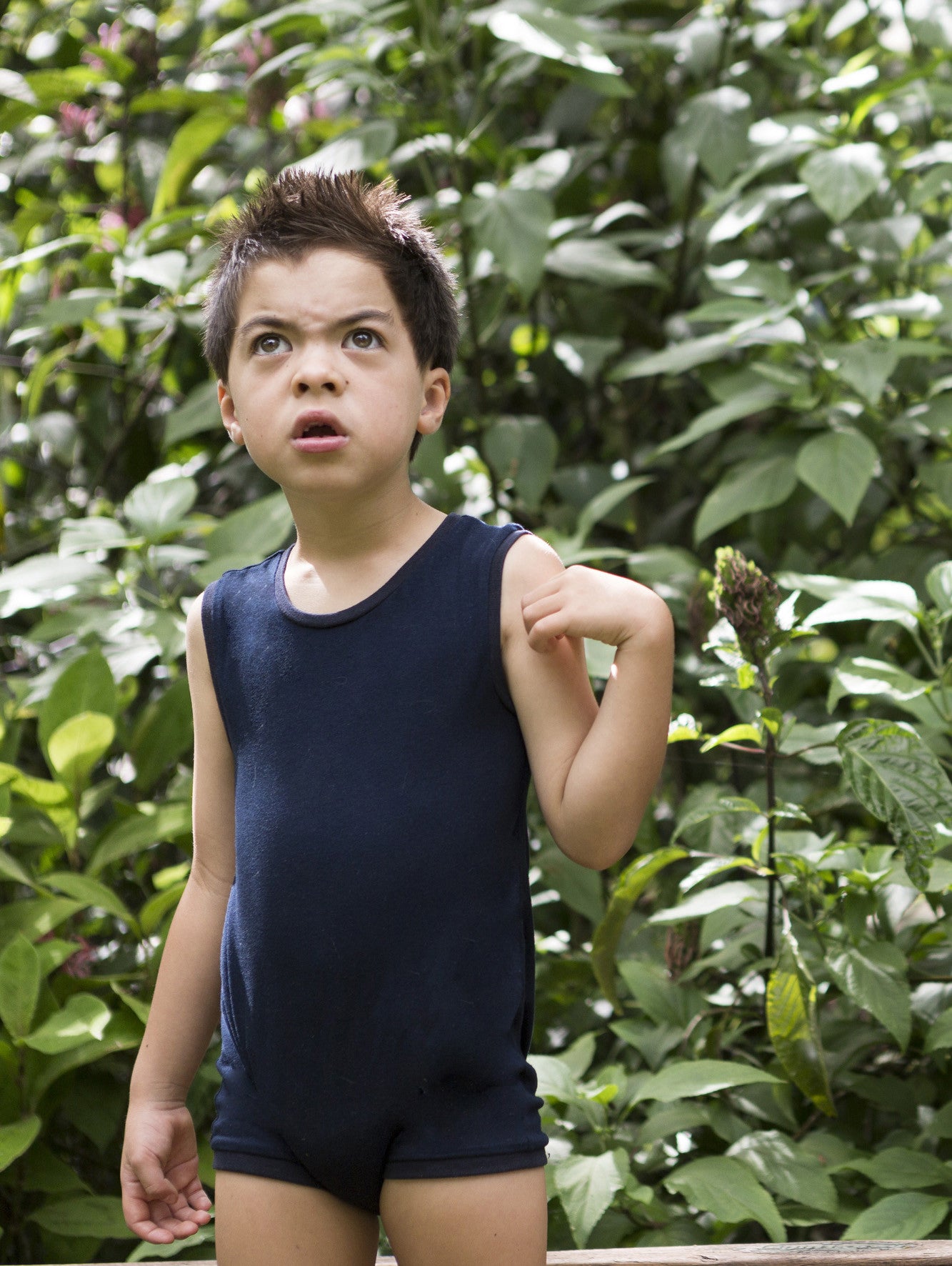
Feacal smearing and how to help reduce this in children with autism
What is Feacal Smearing and why Does it Happen?
‘Faecal smearing’ or ‘poo smearing’ is a topic that can no longer be ignored. It’s uncomfortable for most parents to talk about and happens more often than we want to acknowledge. SpecialKids.Company helps you to make this behaviour of the past or at least minimise its impact.
Why? No one knows why children smear their poo. It could be for any number of reasons: to have the sensory experience of playing with their faeces; to attract attention; a form of manipulation; stress relief; or just plain boredom. Regardless of the reason, it happens and it can be very embarrassing. Children with autism will smear poo on anything they can lay their hands on like themselves, toys, walls, carpet and unfortunately young siblings if they can’t get away fast enough!
Having to clean it up can leave the strongest parent in tears and not only is it an unpleasant job the first time you clean it up, it will more than likely happen again the next day. How many years the child will smear depends on the extent of the spectrum that the child fits in. They either grow out of it or learn that it’s a socially unacceptable and unhealthy behaviour.
Tips on how to deal with Feacal Smearing in Children with Autism
In the event that a child does smear, we have some suggestions on how to clean it up and cope through the situation. There are two main surfaces in your home that faecal matter will end up which is flooring (tiles, wooden floors and carpet) and walls (including doors and windows). In either case SpecialKids.Company suggests having a ‘cleaning kit’ that is handy to access at anytime so you don’t waste your time running around looking for things.
What should be in your cleaning kit? We’ve made a short list we recommend:
- Rubber gloves
- Cleaning clothes
- Toilet paper
- Bucket
- Detergent/disinfectant
- Carpet washer/cleaner and steam mop
When cleaning up, regardless of the surface, it’s a good idea to wear gloves at all times. Any large pieces of poo can be removed with toilet paper and flushed down the toilet. Using the bucket, fill it with warm water and detergent and remove any excess poo.
For carpet and tiles use a carpet washer or cleaner to do the rest. Choosing the right cleaner is important for a deep clean and one that dries the carpet quickly. For tiles, use a steam mop that is powerful enough to remove excess faeces from the tiles and as well as the grout so that no odour and bacteria remain.
For cleaning walls and doors, use the cleaning cloth and warm water and detergent to get any remaining faecal matter removed.
Following these simple steps will minimise the stress of the cleaning process and will reduce the impact it has on you and your family.
Of course, there is no cure for this but there are certainly ways to curb the cause and consequence of smearing and make your life a little bit easier.
Tips on how to Prevent Feacal Smearing
SpecialKids.Company suggests the following four steps to help with your daily life:
- Pay close attention
We suggest that you get in sync with your child’s bowel movements and know when they are about to have one so you can change their soiled diaper right away. By changing it immediately will reduce the likelihood of your child reaching into their diaper.
- Share the cleaning up
This is a critical process in the development of an autistic child. Getting them to help with the cleaning up allows them to understand the consequences of their actions. It’s more than likely that your child will hate doing this but will learn to understand how unsanitary the behaviour is.
Depending on your child’s developmental stage, rewards in the form of a favourite treat can curb or stop your child from smearing.
- Limiting Access
Limiting your child’s access into their nappy is crucial. In the past, parents have devised clever ways to prevent access to nappies varying from sewing tops and bottoms together to duct taping clothes. It was for these reasons that SpecialKids.Company was born. KayCey's primary function is to prevent wandering hands from accessing nappies. The garments have a longer leg, which makes it difficult for the child to access the nappy and keeps it in place while providing a warm layer. The crotch is reinforced to withstand repeated attempts of stretching the garment while attempting to smear and undress. We’ve tried to think of everything. Any ideas are welcome as we are continually improving in little ways that make a difference, so email us at info@Specialkids.company.
Our garments are made from cotton-rich fabric which is soft to touch and tag-free to prevent irritation. Once KayCey's become a staple in your child’s wardrobe, you’ll wonder how you ever did without them!
- Redirecting the sensory experience
Never forget your child’s need to have a sensory experience. So in order to prevent smearing, try redirecting their sensory needs to clay, silly putty or finger painting. And of course…lots of bear hugs never go astray!
Our clothing is made with special kids in mind, will all our range easily washable for any mishaps that may occur. Browse our range to find the perfect item for you and your child.

